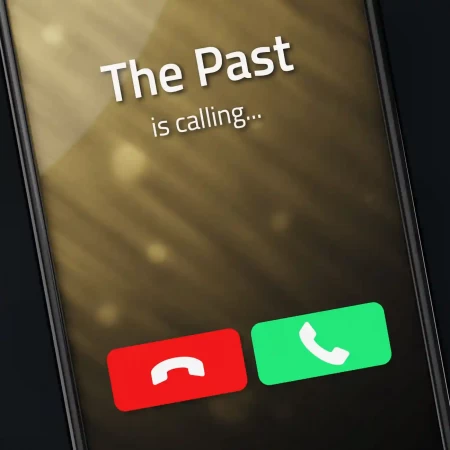

Grammar: Learners will understand and practice the past simple tense to talk about past events, habits, and states. This includes forming affirmative and negative sentences, as well as asking questions in the past simple tense. Examples from the lesson include verbs like "lived," "wanted," "took," "spent," "read," "felt," "wore," "slept," "helped," and "rode."
Listening: By listening to an audio clip of a person recounting childhood experiences, students will practice their listening comprehension skills. They will be tasked with identifying the sequence of topics discussed and filling in blanks with specific details from the audio, such as activities on a farm, moving for work, and the first job experiences.
Speaking: Students will engage in various speaking activities, including discussing their childhood memories, past habits, and events. This will involve completing sentences with past simple verbs that are true for themselves, discussing changes over time (from childhood to adulthood), and sharing personal experiences related to the topics introduced in the lesson plan and audio.
Vocabulary: Vocabulary related to childhood, past activities, and simple past tense verbs will be introduced and practiced. This includes words like "toys," "pets," "pictures," "clothes," "friends," "school," "vacation," "farm," "cousins," "tent," "workers," "horses," "mall," "houses," and "clinic." These words will be used in various activities to describe past events and experiences.
Homework: Tasks will reinforce the lesson's objectives, focusing on the past simple tense, vocabulary related to childhood and past events, and forming questions in the past simple tense. Students will choose correct options in sentences, write past tense forms of verbs, match questions to answers, and correct mistakes in sentences. This practice aims to solidify their understanding and application of the past simple tense and the lesson's vocabulary.